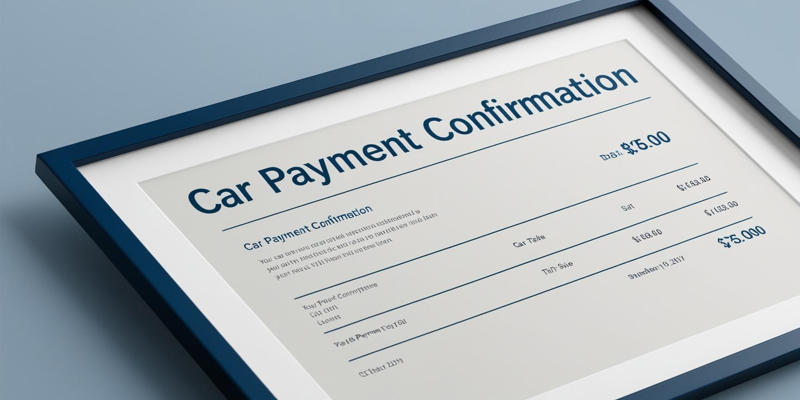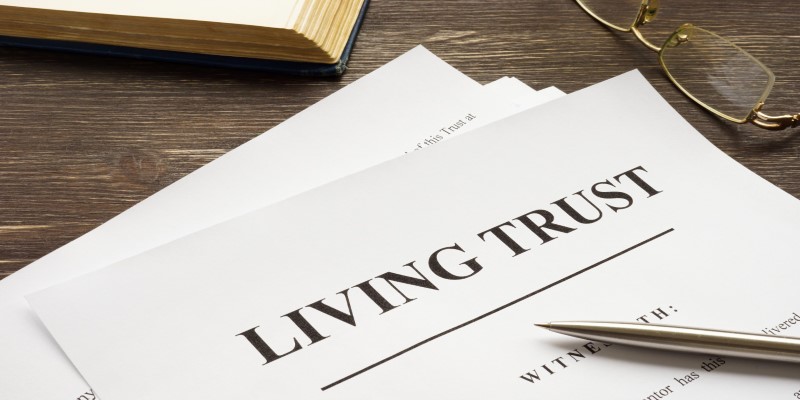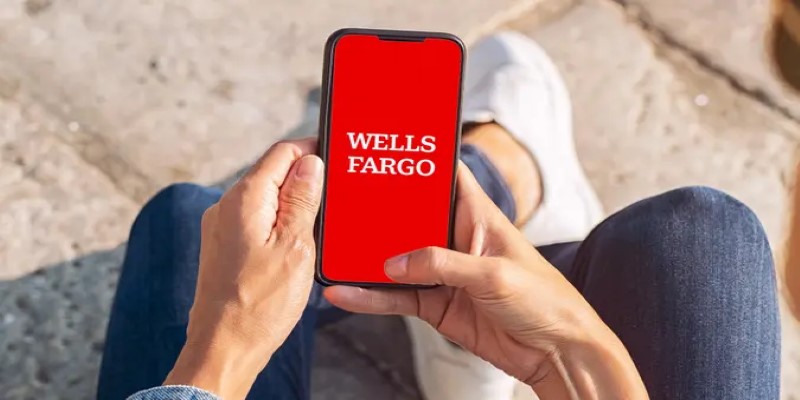Advertisement
Selling a car when you still have a loan on it might seem like a complicated process, but it’s not as difficult as it may appear. Many people find themselves in a situation where they need to sell their car before they've finished paying off their loan, whether due to financial stress, upgrading to a new vehicle, or simply not needing the car anymore. While selling a car with an outstanding loan requires a bit more paperwork and planning, it’s definitely doable.

This guide will walk you through the steps of selling a car that still has a loan balance. With this information on how car loans and vehicle titles work in the sale process, you'll be better prepared to handle the challenges and make a successful sale.
Before you even begin the selling process for your car, you first need to understand exactly where you stand on your loan. A car loan is a secured loan, and this means the lender actually holds the title to your car until it is completely paid off. This then means that they have an interest in the vehicle until the balance has been settled, and they'll need to be involved in the sale process.
First, look over your loan documents to know the amount you still have on the car. This will help you determine whether or not selling the car would cover the remaining loan balance. If your car has a value less than what you owe (a condition described as being "underwater" on the loan), then selling it won't be sufficient to pay off the debt. If your car is worth more than the loan balance, then you can sell it and get the difference to pay out the rest of the loan.
Once you know your loan status, you can determine if selling your car is the best decision. If your car is worth less than you, that is, you are underwater-selling may not be the best decision. In such a situation, you may consider refinancing the loan to lower your monthly payments or seek help from your lender to explore other options, such as a loan modification.
If the car is indeed worth more than the amount borrowed, you can already go ahead and sell, but you should remember that the procedure will take some additional effort. This especially holds in case your lender holds a title.

Start by reaching out to your lender to inform them of your intent to sell the car. They will explain the process for releasing the lien and transferring the title to the buyer. Often, the lender must be paid directly before releasing the title. If a loan balance remains, you’ll need to settle it before the title can transfer. Be sure to ask about the payoff amount, the lien release procedure, and any fees associated with early loan payment or title transfer.
Next, research your car’s current market value using tools like Kelley Blue Book (KBB) or Edmunds. If the sale price is higher than your loan balance, you can pay off the loan and keep the difference. If the sale price is lower than your loan balance, you will need to cover the shortfall in cash. You can also try negotiating with your lender to reduce the payoff amount, especially if they view the sale as an opportunity to close out a non-performing asset.
Once you've agreed on a price with the buyer, you'll need to facilitate the sale. The process can vary depending on whether you’re selling privately or trading the car in at a dealership.
Private Sale: When selling privately, the buyer will likely need to come to your lender with you to pay off the loan and get the title. Depending on your lender, you may need to handle the payoff before you can transfer the title. In some cases, the lender may hold onto the title until the loan is paid off.
Trade-In: If you’re trading the car in at a dealership, they may handle the payoff directly with your lender. If the trade-in value is greater than your loan balance, the dealer will pay off the loan and give you the difference as a down payment or cash. If the loan balance exceeds the trade-in value, you may be required to pay the difference to the dealership.

Once the loan is paid off, the lender will release the title. At this point, you can transfer ownership to the buyer. If you're selling privately, you’ll need to meet the buyer at the DMV (or its equivalent in your area) to handle the paperwork and ensure the transfer of ownership. If you're trading in the car, the dealership will typically handle all title transfer details.
If the sale price doesn't cover the entire loan balance, you'll need to settle the remaining debt. This could involve paying the difference out of pocket. Be aware that failing to fully pay off the loan could result in negative financial consequences, including damage to your credit score. If you're struggling to pay the balance, talk to your lender about potential solutions.
Selling a car when you still have a loan on it can be a bit more complicated than selling a car outright, but it’s certainly possible with the right steps. By understanding your loan, determining your car’s value, and working with your lender, you can navigate the process successfully. Whether you sell privately, trade it in, or pay off the balance yourself, the key is to stay informed and prepared for any financial implications. Always make sure the loan is fully settled before handing over the car, and consider the impact on your finances before making any decisions.
Advertisement

By Celia Shatzman/Nov 14, 2024

By Juliana Daniel/Mar 01, 2025

By Nancy Miller/Nov 13, 2024

By Maurice Oliver/Nov 14, 2024

By Celia Shatzman/Dec 06, 2024

By Madison Evans/Mar 18, 2025

By Pamela Andrew/Mar 17, 2025

By Martina Wlison/Nov 14, 2024

By Noa Ensign/Jan 13, 2025

By Korin Kashtan/Nov 13, 2024

By Triston Martin/Dec 28, 2024

By Elva Flynn/Mar 17, 2025